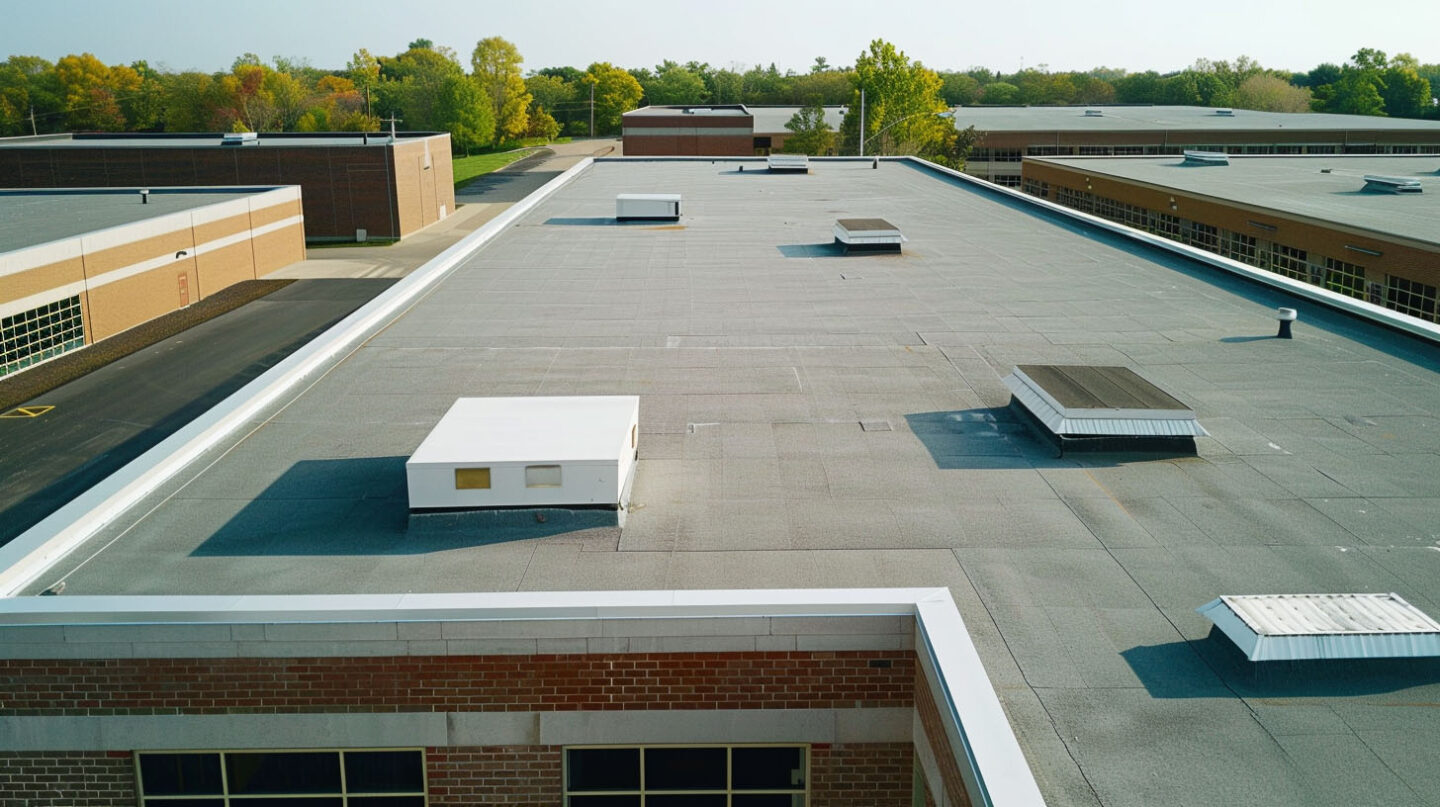When you think about your roof, you probably think about protection from rain and wind. But have you ever considered its role in protecting your home from fire? A roof is one of your home’s most vulnerable areas during a fire, which is why its resistance is so important. At The Shingle Master, we understand the significance of a roof’s fire rating. For homeowners considering asphalt shingles, knowing the Class A roof rating is essential when consulting a roofing contractor. This rating isn’t just a technical term; it’s a crucial measure of safety that protects your family and your biggest investment. Our team is dedicated to ensuring that your roofing choices provide the highest level of protection in Durham, NC.
Understanding Fire Ratings for Roofing Materials
Understanding the rating of a roof covering is crucial for selecting appropriate materials to enhance safety. Ratings categorize roofing products based on their performance against exposure, encompassing Class A, Class B rating, and C ratings. A Class A rating signifies superior resistance, often achieved through rigorous testing standards like the spread of flame test and the intermittent flame test. Examples of materials achieving a Class A rating include clay tiles. These ratings are not only vital for compliance with local building codes but also for insurance considerations and fire department regulations during the season.
What Are Class A, B, and C Fire Ratings?
Class A, B, and C ratings classify roofing materials based on their ability to withstand fire exposure, including class B roofing materials. Class A indicates the highest level of fire resistance, while Class B and C represent moderate and low resistance, respectively. Understanding these ratings and any additional materials helps homeowners choose safer roofing options.

Why Fire Ratings Matter for Homeowners
Fire ratings hold significant importance for homeowners in Durham, NC, particularly given the unique fire safety concerns in the region. A roof’s rating ensures excellent resistance, enhancing the overall protection of the home. Insurers may also consider these ratings when determining coverage, impacting homeowners financially. Furthermore, complying with local building codes that mandate specific fire-resistant materials can lead to increased property value and peace of mind, especially during season when the risk of damage escalates.
What Makes a Roof “Class A” Fire Rated?
A roof doesn’t just receive a Class A fire rating by chance. This certification is earned after a roofing material or system, including metal roofs, passes a series of demanding tests designed to simulate real-world fire conditions. These rigorous standards ensure that the roof provides a high degree of fire resistance.
The process involves specific testing protocols and certifications from independent organizations. Understanding these tests and the features that help a roof achieve a Class A rating can give you confidence in the protection over your head.
Testing Standards and Certification Processes
Numerous testing standards and certification processes ensure that roofing materials achieve their designated ratings. Underwriters Laboratories conducts rigorous assessments, including the spread of flame test and the burning brand test, to evaluate a roof’s performance, especially in relation to the attic space. Each roofing system undergoes examination for specific resistance, taking into account both the materials and the entire assembly. Compliance with local building codes and installation instructions is crucial for maintaining a Class A rating, which significantly enhances safety in residential properties.
Key Features of Class A Asphalt Shingles
Class A asphalt shingles are recognized for their exceptional fire resistance and safety performance. These shingles undergo rigorous testing, including the spread of flame test and the burning brand test, to ensure they meet stringent fire ratings. Manufactured from durable materials, they exhibit a low melting point and significant flame penetration resistance. Additionally, the installation instructions for Class A shingles emphasize proper application to form a complete roofing assembly, preventing the risk of fire damage during severe fire exposure scenarios, ultimately safeguarding the home.

How Asphalt Shingles Achieve Class A Fire Ratings
Understanding this process reveals why not all shingles are created equal. Let’s explore the manufacturing details and the importance of the complete roof assembly in achieving maximum protection.
The Role of Materials and Manufacturing Process
Materials and the manufacturing process play a crucial role in achieving Class A fire ratings for asphalt roofs. High-quality, non-combustible materials, such as fiberglass and mineral granules, are essential for enhancing resistance. The application of retardant treatments during production further bolsters the resilience of asphalt shingles against severe exposure. Additionally, adherence to strict installation instructions ensures that the entire roofing assembly performs optimally, contributing to a reliable defense during instances of fire and upholding local building codes.
Complete Assembly vs. Individual Shingle Ratings
Evaluating the fire rating of a roof covering requires understanding both complete assemblies and individual shingle ratings. While asphalt shingles may possess Class A ratings, it’s essential to consider the entire roofing system, including substrates and underlayment, as these can significantly affect resistance, especially during high winds. Testing standards from organizations like Underwriters Laboratories determine the performance under severe exposure. Hence, a comprehensive assessment ensures that the installation adheres to local building codes for optimal protection during an emergency.

Get in Touch
Evaluating the fire rating of a roof covering plays a crucial role in ensuring the safety and longevity of your home. Class A ratings denote a superior level of resistance, essential for protecting against severe fire exposure, particularly in areas prone to wildfires. Understanding these ratings can assist homeowners in navigating local building codes and choosing the right roofing materials. Ultimately, investing in Class A rated asphalt shingles not only enhances safety but also adds value to your property. As a GAF Master Elite Contractor, BBB A+, Haag Certified Inspector, and NC Licensed General Contractor, we are proud to be recognized as Raleigh’s Best Roofing Contractor, ensuring you receive the highest quality service and materials for your roofing needs.
Frequently Asked Questions
What is a class A type roof?
A Class A type roof refers to a complete roofing system, not just the shingles, that meets the highest standards for resistance. This roof design includes the roof deck, underlayment, Class C roofing materials, and roof covering (like Class A asphalt shingles) working together to provide maximum protection against severe fire threats.
Is a Class A fire rating good?
A Class A fire rating is considered excellent, indicating the highest level of resistance for roofing materials, especially during fire season. This rating assures homeowners of enhanced safety and durability, making it an important factor for those in areas prone to wildfires or other fire hazards.
Read our blog: Proper Step and Counter Flashing Techniques Around Roof-to-Wall Intersections


